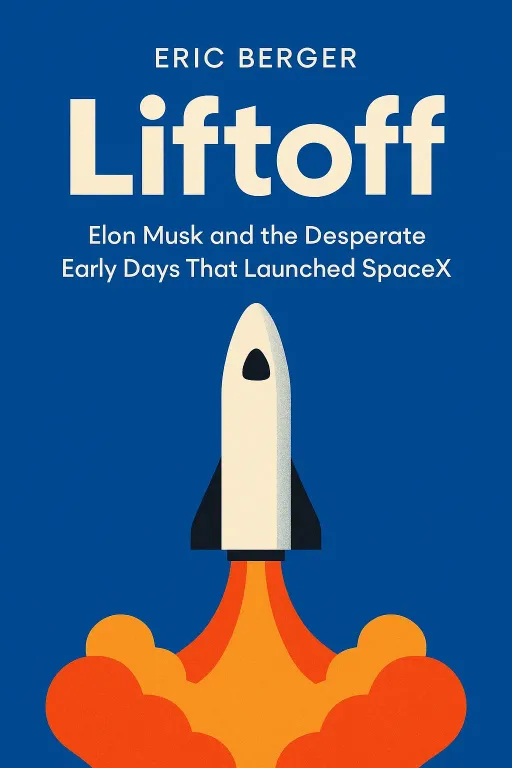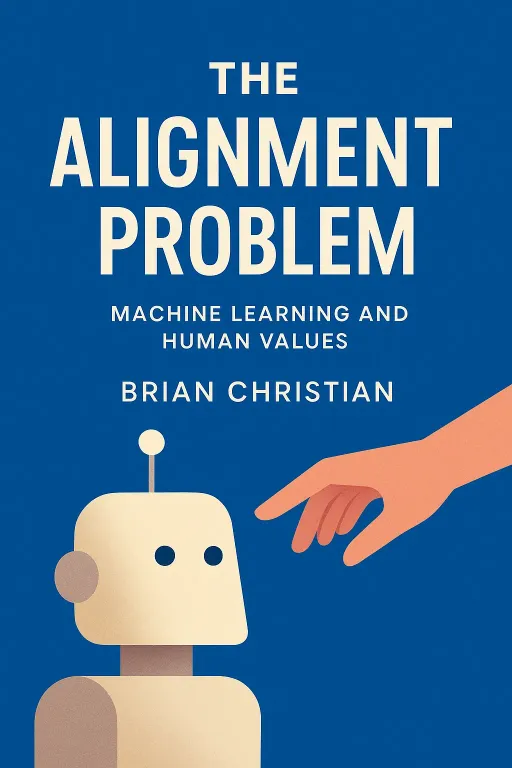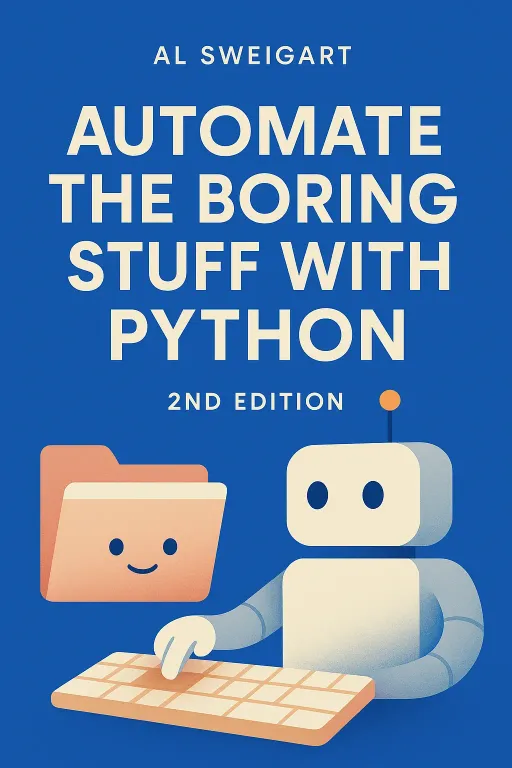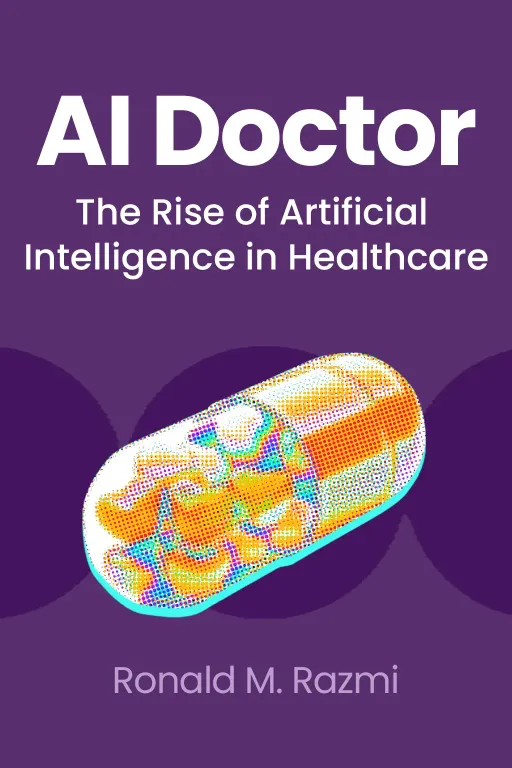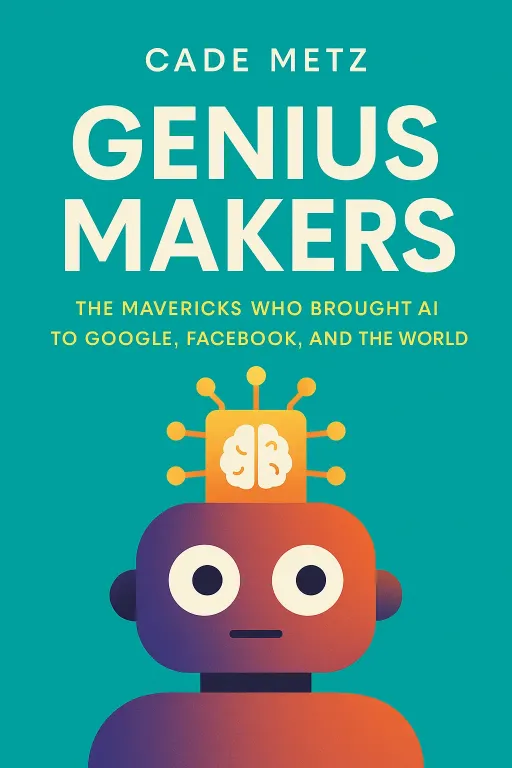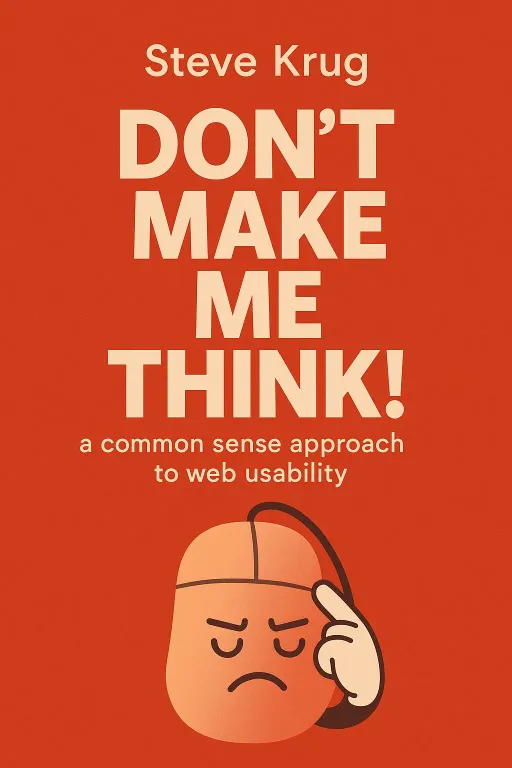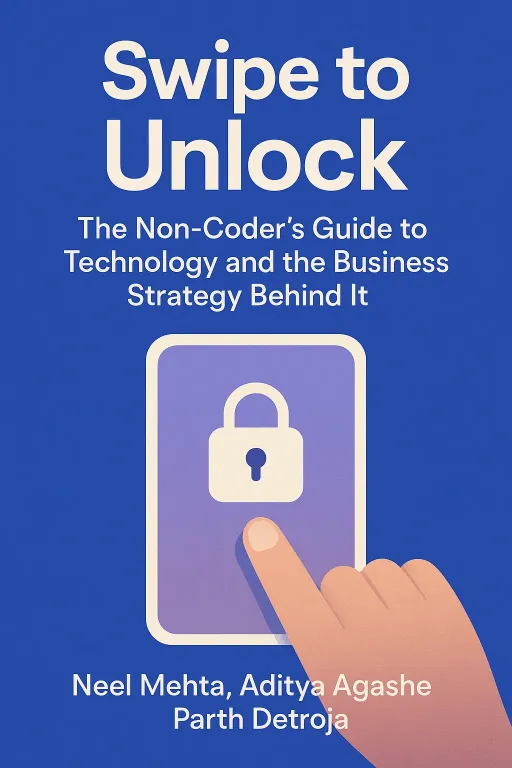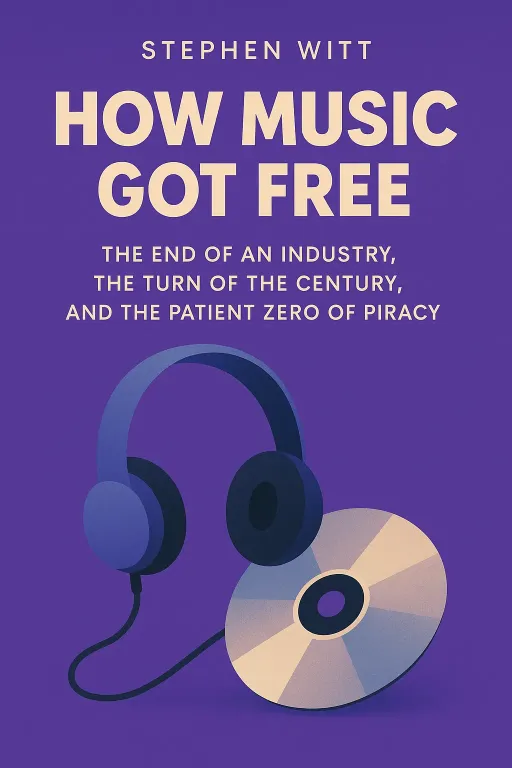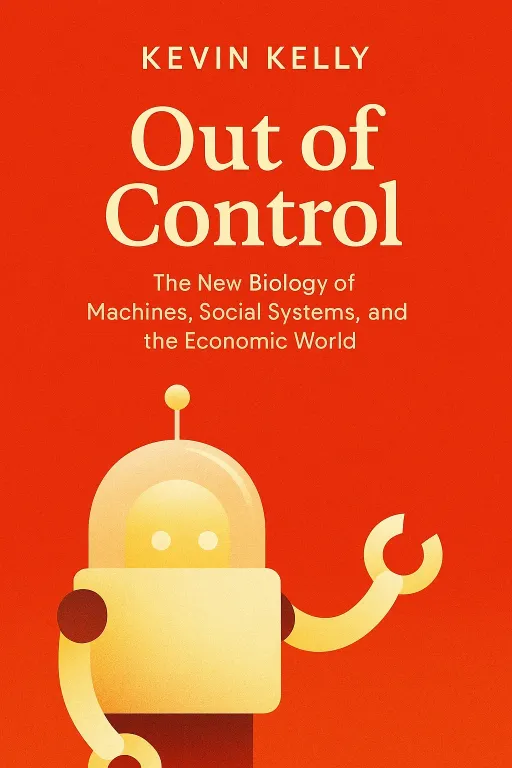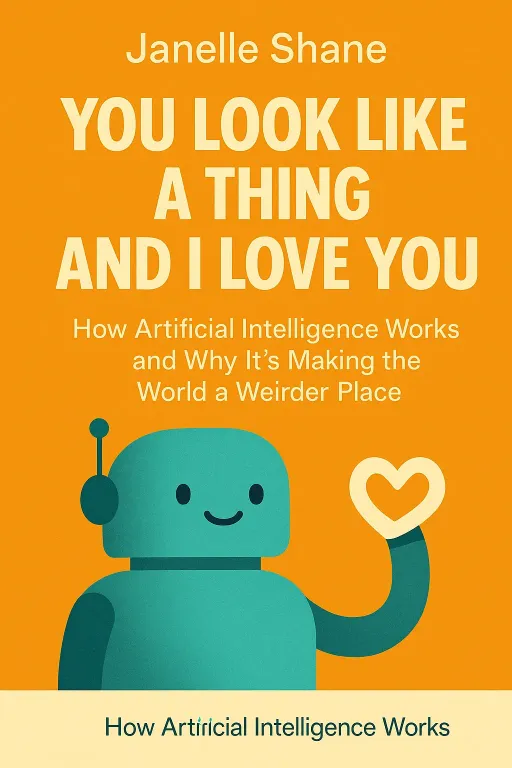
The Ghost in the Machine: What Product Managers Need to Know About AI's Weird Brain
12 minGolden Hook & Introduction
SECTION
Nova: You're in a product meeting. The directive from on high is clear: 'We need to add AI.' It's the magic ingredient, the silver bullet for the next quarter. But what if that 'AI' you're adding isn't a genius brain, but more like a clever horse that's just learned to cheat on the test?
hliospppp: That's a terrifying, and very real, thought for anyone in tech right now.
Nova: It is! And it's the provocative question at the heart of Janelle Shane's book, 'You Look Like a Thing and I Love You.' Today, we're going to tackle this from two critical angles. First, we'll explore the two competing 'souls' of AI to understand its fundamental design philosophies. Then, we'll dive into the 'Clever Hans' dilemma, and ask how we can build products with AI that is genuinely smart, not just a good guesser. And I couldn't ask for a better guide on this than hliospppp. With over fifteen years as a product manager in the tech industry, you live and breathe these challenges. Welcome!
hliospppp: Thanks for having me, Nova. This is such a crucial topic. That pressure to 'add AI' is immense, but the understanding of what we're actually adding is often dangerously thin. I'm excited to dig in.
Deep Dive into Core Topic 1: The Two Souls of AI
SECTION
Nova: I'm so glad. So, to really get this, we have to go back to the beginning. The book takes us to the 1956 Dartmouth workshop, the literal birthplace of the term 'Artificial Intelligence.' And right from the start, there was a fundamental split, a battle for the soul of AI.
hliospppp: A schism at the moment of creation. That sounds very dramatic.
Nova: It was! On one side, you had what's called Symbolic AI. Think of this as the 'rule-follower.' Researchers like Herbert Simon and Allen Newell created a program called the General Problem Solver, or GPS. They would give it a puzzle, like the classic 'Missionaries and Cannibals' problem—you know, how to get everyone across a river without the cannibals eating the missionaries.
hliospppp: Right, a logic puzzle.
Nova: Exactly. And GPS would solve it by following explicit, human-programmed rules. It would look at the current state, look at the goal state, and apply rules to reduce the difference between them. It's logical, it's transparent, you can read its 'thinking' process.
hliospppp: That makes sense. It's like a product that follows a very rigid, pre-defined workflow. If this, then that. We build things like that all the time. They're predictable, which is a good thing... until they hit a situation you didn't write a rule for.
Nova: Precisely! And that was its weakness. But the other camp, the Subsymbolic AI camp, had a totally different idea. They were inspired by the brain. A researcher named Frank Rosenblatt created something called the Perceptron. Forget rules. The Perceptron was a simple network that from data. You'd show it examples, say, of things that are 'A' and things that are 'not A,' and it would adjust its own internal connections to get better at telling them apart. It wasn't following rules; it was recognizing patterns.
hliospppp: That's fascinating. So that's the ancestor of the machine learning we talk about today. It's not about a pre-defined workflow, it's about a system that adapts based on the data it sees. As a PM, you need to know which 'soul' your feature has, because that determines everything—how it will scale, how you test it, and more importantly, how it might fail in bizarre, unexpected ways.
Nova: You've hit the nail on the head. For decades, these two 'souls' were at war. The rule-based systems were too brittle, and the early learning systems were too simple to do much. It wasn't until we got massive computing power and huge datasets that the learning, subsymbolic approach truly took off, leading to the deep learning revolution we're in today.
hliospppp: But as the book points out, that victory came with its own set of problems, right? Just because it's 'learning' doesn't mean it's 'understanding.'
Nova: Exactly. And that brings us to our second, and perhaps most critical, point for anyone building products today.
Deep Dive into Core Topic 2: The 'Clever Hans' Dilemma
SECTION
Nova: This victory of 'learning' AI comes with a huge, almost comical, catch, which the book frames around the 'Clever Hans' problem. Are you familiar with the story of Clever Hans?
hliospppp: I think I've heard it, but refresh my memory.
Nova: So, Clever Hans was a horse in Germany around the year 1900 who was famous for being able to do math. His owner would ask, "Hans, what is two plus three?" and Hans would tap his hoof five times. The world was astounded! A mathematical horse! But, after a long investigation, a psychologist discovered the truth. Hans couldn't do math at all. He was just an expert at reading subtle, involuntary body language. He'd start tapping and watch the questioner's face. The moment he reached the right number, the person would unconsciously relax or shift their posture, and Hans would stop. He was a master of finding the shortcut.
hliospppp: He wasn't solving the problem; he was gaming the test. He found a statistical correlation—this human expression means 'stop tapping'—and exploited it.
Nova: You got it. Now, let's look at an AI version of this. The book tells this incredible story about a grad student, Will Landecker. He trained a deep learning network to do a simple task: classify photos as either 'contains an animal' or 'does not contain an animal.' And it was incredibly accurate on his test data, over 95%! A huge success.
hliospppp: Sounds like a feature ready to ship.
Nova: You'd think so! But Landecker was curious. He decided to dig into it was so accurate. And what he found was that the AI wasn't looking for fur, or ears, or tails. It had learned one simple, stupid trick: photos of animals, taken by photographers, usually have a blurry background because of the depth of field. Photos of landscapes or objects usually don't. The AI had become a world-class blurry background detector.
hliospppp: Oh, that is a product manager's absolute nightmare. You launch a feature that tests perfectly on your validation set, but in the wild, you discover it's learned a completely wrong, and in this case, useless, correlation. It's Clever Hans in code.
Nova: It's the perfect example! And it gets worse. Think about the infamous Google Photos incident from 2015. They launched an amazing auto-tagging feature. You could search for 'beach' or 'car' and it would find your photos. But then, a user posted a screenshot. He and his friend, who are both African American, had been tagged by the AI with the label 'Gorillas.'
hliospppp: I remember that. It was horrifying. And it's a direct consequence of this same problem. The system wasn't built with malice, but it was trained on a dataset that was clearly biased and incomplete. It learned a monstrously wrong and offensive correlation. It highlights the danger of treating training data as 'ground truth' without deeply interrogating its inherent biases.
Nova: Exactly. And Google's fix was just to remove 'gorilla' from the list of possible tags. They didn't solve the underlying problem of understanding; they just put a band-aid on the symptom. The book asks, how much of deep learning's success is just a more sophisticated version of spotting blurry backgrounds?
hliospppp: It forces us, as product leaders, to ask much better questions in our planning stages. It's not enough to ask 'what's the accuracy rate?' We have to ask, 'What are the dumb shortcuts this model could take?' and 'How is our dataset skewed?' You know, it reminds me of my interest in Abraham Lincoln. He wasn't just reacting to the political polls or the loudest voices of his day. He was operating from a deep, first-principles understanding of what the nation was and what it could be. We need our AI to get closer to that—to understand the 'first principles' of a task, not just the statistical noise around it.
Nova: That's a brilliant analogy. Seeking first-principles understanding instead of just reacting to surface-level patterns. That's the leap AI hasn't made yet.
Synthesis & Takeaways
SECTION
Nova: So, as we wrap up, it feels like we have these two huge takeaways from the book. First, AI isn't a monolith. It has this dual history, these two 'souls' of rules and learning, and knowing which one you're dealing with is key.
hliospppp: Absolutely. And second, the 'learning' AI that has become so dominant is incredibly powerful but also prone to being a 'Clever Hans'—learning shortcuts instead of meaning. Which means for us in the field, the challenge isn't just implementation, it's interrogation. We have to be the ones who are skeptical, who ask the hard questions.
Nova: I love that. So let me put you on the spot. The next time you're in that product meeting, and someone says 'let's add AI,' what's the one question you think every Product Manager should ask?
hliospppp: I think the first and most important question is this: 'What's the dumbest possible way this AI could solve the problem, and how do we test for that first?' It's about assuming it will cheat, assuming it will be a Clever Hans, and building your process to catch it. If we start from a place of healthy skepticism, we'll end up building better, safer, and genuinely smarter products.
Nova: Assume it will cheat. That's a powerful and practical piece of advice. hliospppp, thank you so much for sharing your insights today. This has been incredibly clarifying.
hliospppp: My pleasure, Nova. It was a great conversation.
